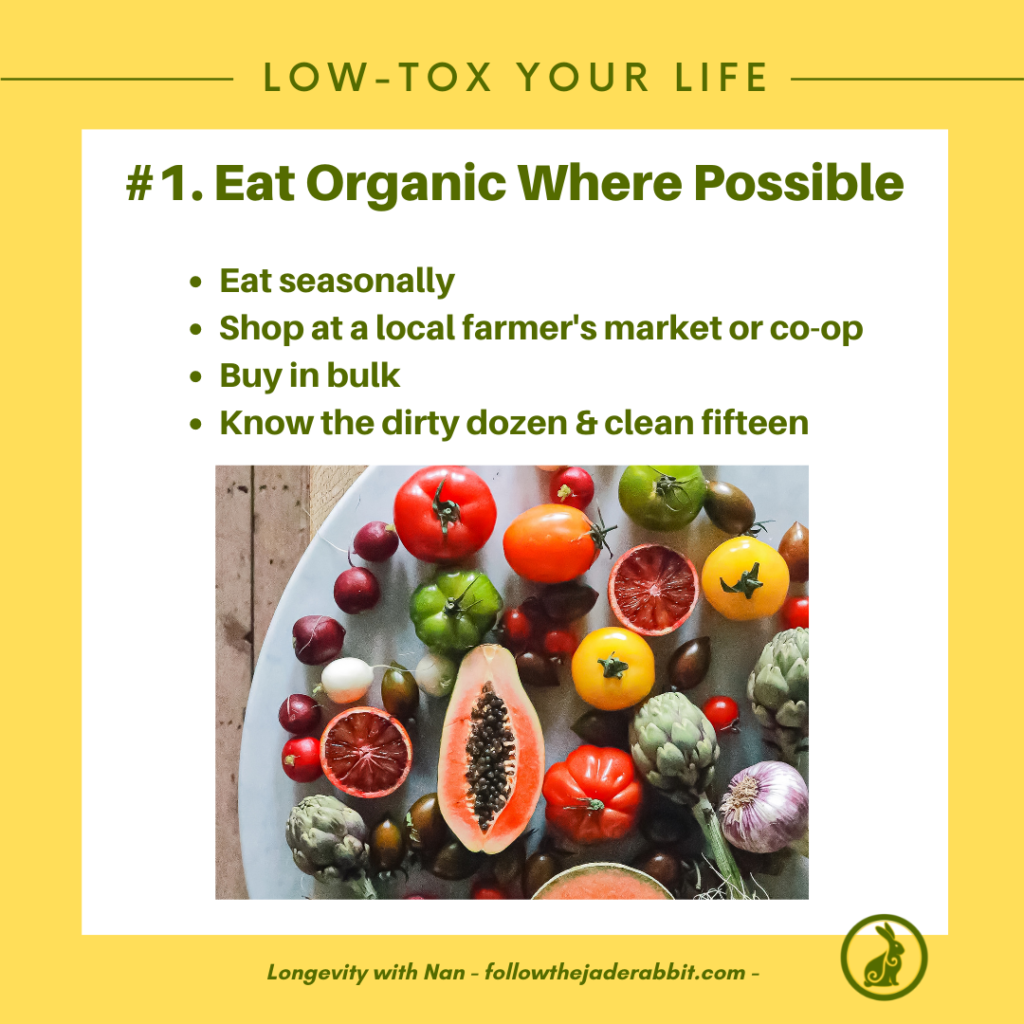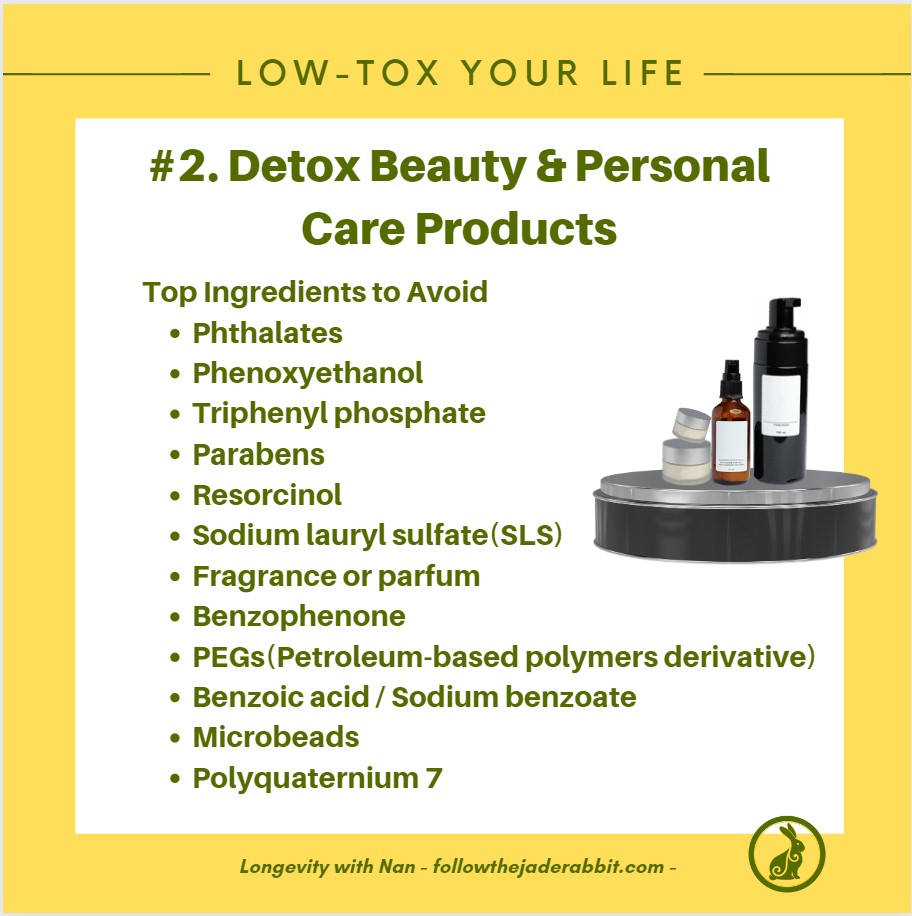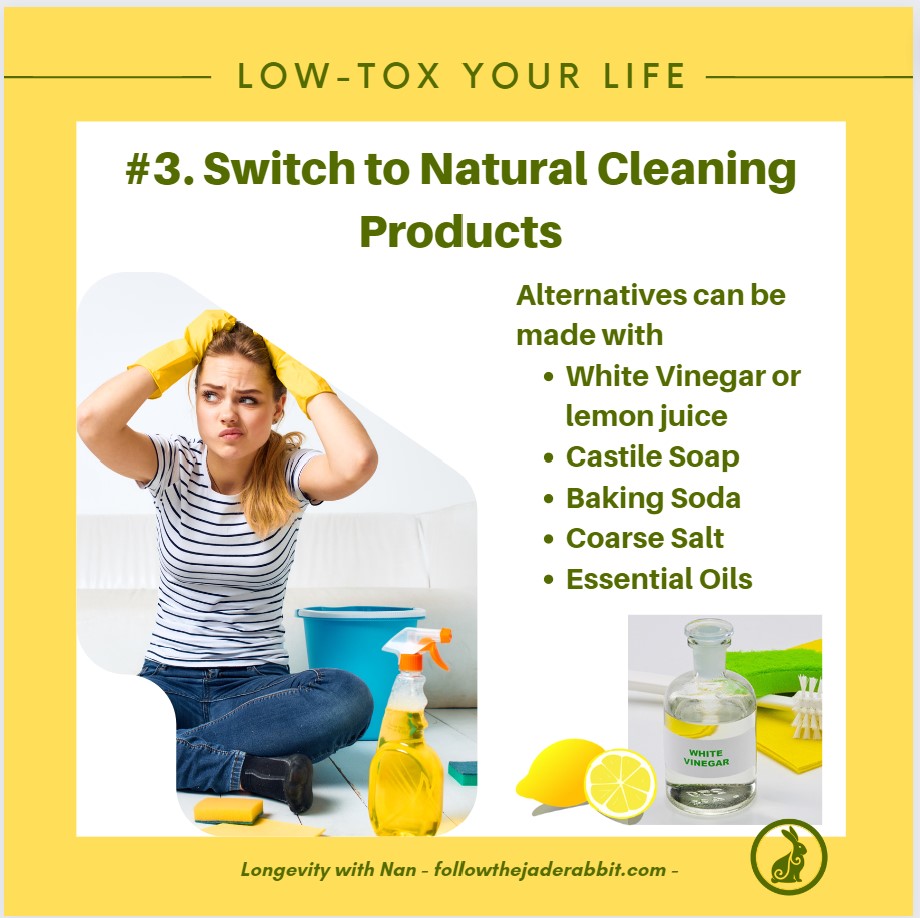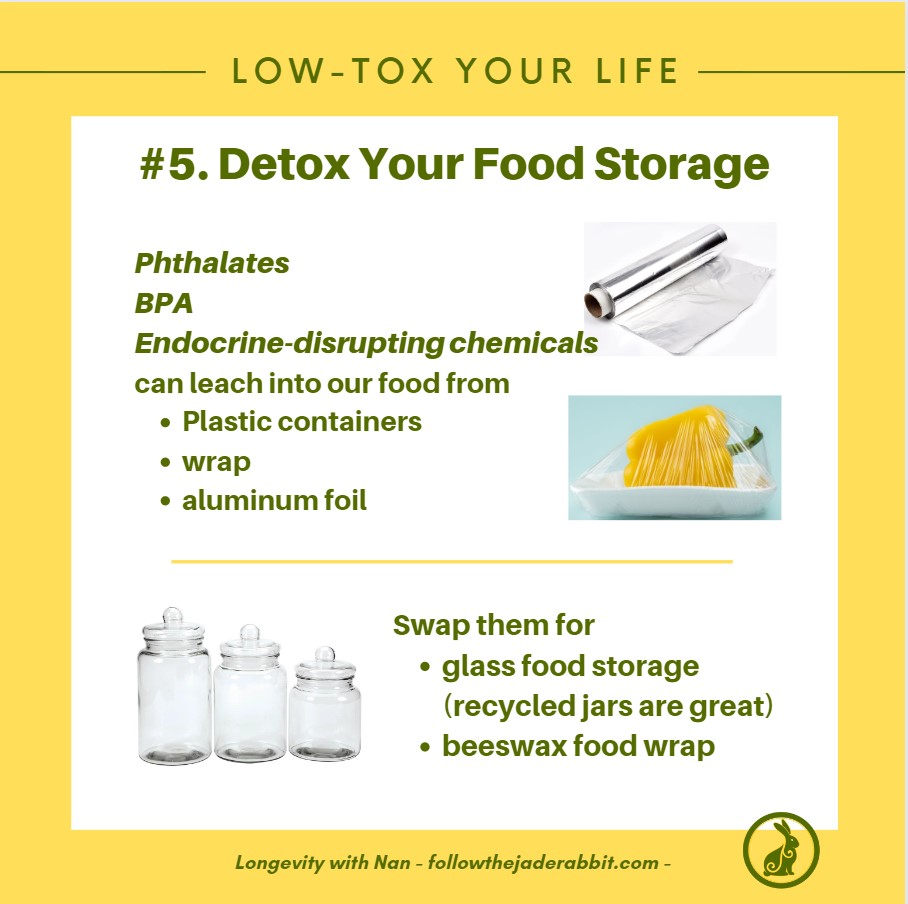
#1 - Eat Organic Where Possible
Why? It is one way to lower your chemical load and support a more sustainable method of farming.
We’ve created over 75,000 synthetic chemicals since 1940. ☣️
It is a known fact that we can find chemicals and microplastics in the arctic and in the animals and plants we eat.
So it is unavoidable that they are in our surroundings and the food system, especially in the processed and packaged foods.
Eating whole foods, buying local, organic, and bulk (like grains, dried fruits, nuts & seeds), as well as knowing the Dirty Dozen & Clean Fifteen are great ways to save.
The Dirty Dozen & Clean Fifteen are released every year by the Environmental Working Group (ewg.com).
Search on google & IG. You will be able to find the most updated list.
I subscribe to a local farm co-op, Mama Earth Organics and tend to eat more seasonally.
Lots of apples and squashes at this moment in the fall.
I’m grateful that there are more and more farmers and groups out there who recognize that in order for us to live a healthy & vibrant life we need to start by changing the way we farm and eat.

#2 - Detox Beauty & Personal Care Products
Our skin is our largest organ.
It plays an important role in the body’s natural ability to detoxify through excreting toxins through our sweat.
Staying hydrated, exercising, spending time in an infrared sauna, or enjoying an Epsom salt bath are all good ways to help your skin detoxify.
When personal care and beauty products are applied directly to your skin, they are absorbed straight into your bloodstream.
Replacing conventional beauty products with clean alternatives is an impactful way to reduce your body’s intake of harmful chemicals.
Watch out for those chemical ingredients in your shampoo, your antiperspirant (avoid aluminum), lotion, and anything else you apply daily to your skin.
I don’t wear makeup. Hardly ever in the past either.
I don’t put hair products on my hair.
I haven’t dyed my hair for more than 2 years.
I use some vitamin C serum and coconut oil only on my skin, and maybe Vaseline at times.
I truly believe, “What you wouldn’t put in your mouth, you shouldn’t put on your skin.”
I’m grateful for what this beautiful organ is able to do for us.
Let’s help our skin to do its job better by avoiding and eliminating these toxins from our immediate environment.

#3 - Switch to Natural Cleaning Products
Conventional cleaning products are full of chemicals and toxic ingredients.
It is easier and cheaper than you might expect when you make the switch.
I had been using laundry strips for a few years, thinking that I was supporting a Canadian company and a product that does not come in plastic packaging.
However, when I looked up those ingredients and searched for their Skin Deep score on the Environmental Working Group ewg.org website, I saw that some of the ingredients still have cause for concern.
Like Cocamidopropyl Betaine, Paraffinum Liquidum, Glyceryl Cocoate, Potassium Sorbate, and Fragrance.
The ingredients can be found on dizolve.com
While it is generally a safe product that is good to use and I’m grateful for a company who took the initiative to create it.
I decided, though, I would make my own and so I did.
I made my own laundry detergent out of washing soda, baking soda, sea salt, Epsom salt, and lemon essential oil.
You can find a lot of recipes out there for safe and natural homemade detergents when you google or search on YouTube.
I’m not the first to do this and truly grateful for the ‘pioneers’ out there who have so generously shared their experience and knowledge on making them.
I feel better about this decision and the switch.
What cleaning products will you change out or switch first?

#4 - Filter Your Drinking Water
Water is such an important element for life.
It is involved in all kinds of chemical reactions in our body.
It is, therefore, important to ensure that we are getting water from QUALITY sources.
Tap water can contain compounds like fluoride, lead, and arsenic, depending on the age of the pipes and what the water treatment uses to remove the ‘harmful’ things that some people may be flushing down their toilets or sinks.
It does not mean it is unsafe to drink but certainly many natural minerals have been depleted from the process.
There is a risk to exposure to these chemicals that can build up in our body over time.
Do NOT buy water that comes in plastics either.
The chemicals in the plastic can be released during the transport and storing process, with temperature fluctuation.
Or do you leave your plastic water bottle in the car for a long time, in heat & cold temperatures too?
We create even more plastics in our environment when we buy plastic water bottles.
To add some minerals back, after your water has been filtered, you can add a pinch of salt, like Himalayan or Celtic or quality sea salt.
Not enough to change the taste of the water.
As well as some fresh lemon juice (1 tsp per cup is good).
There is a water filter in the water dispenser in my fridge so that’s what I use, while I add a pinch of salt or lemon juice or both here & there.
I also use a stainless steel water bottle that I carry with me everywhere I go.
I’m grateful that there are companies that make these stainless steel water bottles and water filters so I can minimize the toxins that I produce from my daily life.
Let’s not forget our ‘macro’-biome while we focus on our ‘micro’-biome.
Because what we do personally does have an impact on everyone else around us and the planet.
What would be your first step to improve your drinking water today?

#5 - Detox Your Food Storage
Most people use plastic containers, wrap, or aluminum foil for food storage, but phthalates, BPA, and other endocrine-disrupting chemicals can leach into your food.
Instead, try to minimize their usage and use glass food storage containers (recycled jars are good) or beeswax food wrap or earthen-wares.
This ties in to low-tox #1 where I encouraged you to eat & buy organic where possible.
One way to lower the cost was to buy in bulk.
Many local bulk food stores welcome you to bring your own recycled glass jars and have them available for purchase as well.
This also ties into low-tox #4 about water sources.
Stainless steel water bottle is also a good option for storing your water.
When we eliminate and limit our exposure to chemicals and contaminants, it not only helps to improve our own health but also helps to pay dividends for our future generation.
It is good for our environment in the long run and a win-win for all.
I use mostly glass containers and some earthenware to store my food.
I still use recycled plastic containers for a few of the dried goods.
But I make sure that they don’t get heated or go through temperature fluctuations where they are stored.
I hope to eventually replace all of them with glass and earthenware.
What would you swap out first?

#6 - Consider Your Cookware
PFOA, also known as perfluorooctanoic acid.
It’s a man-made chemical.
You’ll find it in products that resist sticking, heat, water, stains, and grease.
Other products made with PFOA include stain-resistant carpet, water-repellent clothes, paper and cardboard packaging, ski wax, and foams used to fight fires.
PFOA is also created when other chemicals break down.
PFOA works well in these products because it’s so stable.
But that also means it lasts a long time in the environment — and in people.
To help protect yourself:
- Don’t get stain- or water-repellent treatments for new carpet and furniture.
- Eat less fast food and carry-out food. It often comes wrapped in paper made with PFCs.
- Don’t wear stain- or water-repellent outerwear.
- Check labels and avoid products with “PTFE” or “fluoro” on the ingredients list.
You can find all the info at the Environmental Working Group and Environmental Protection Agency.
Now that you know all 6 of the low-tox tips, which one will you implement to start low-toxing your life today?
Remember, what we do with our macro-biome can greatly affect our micro-biome.
